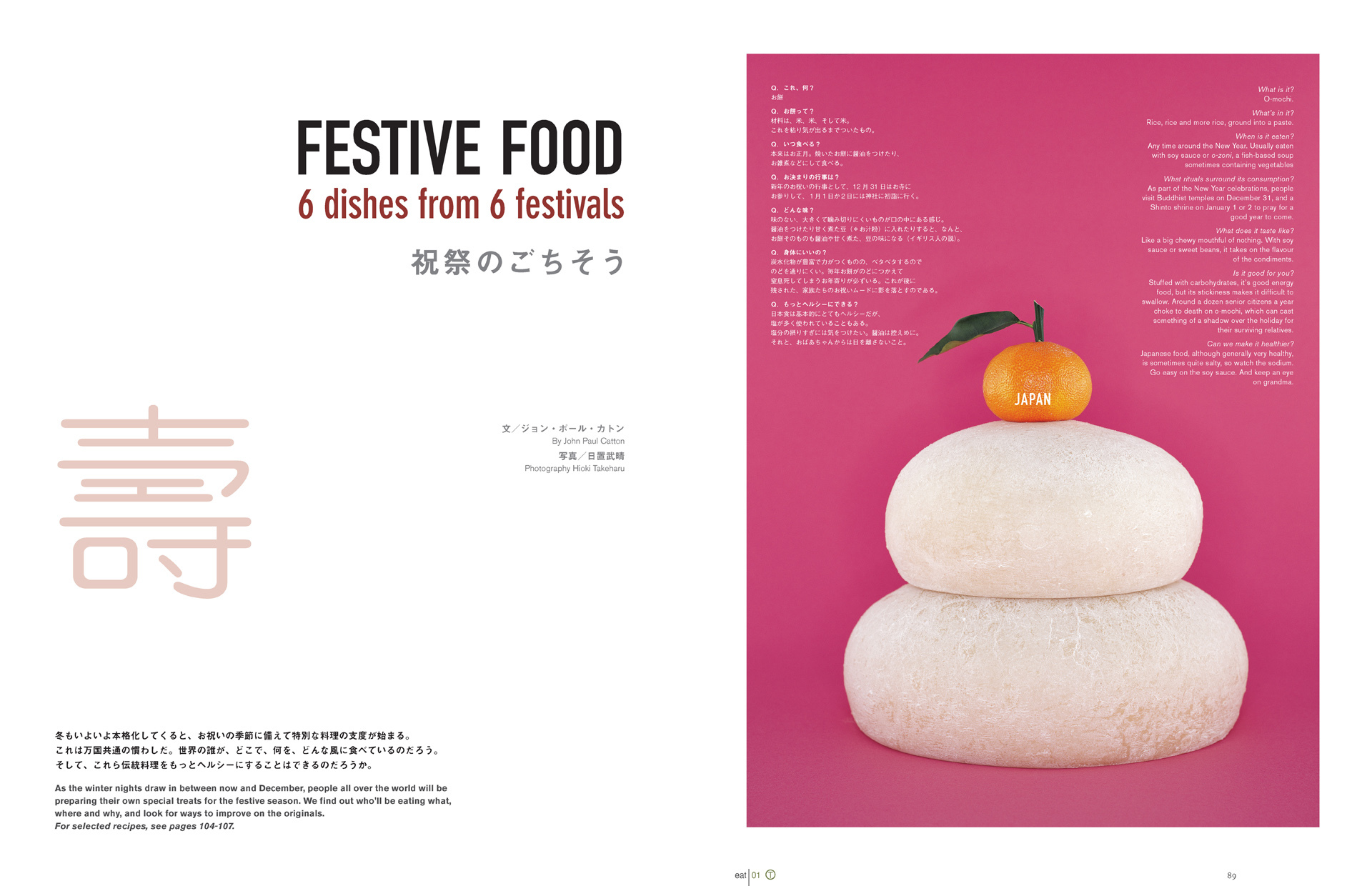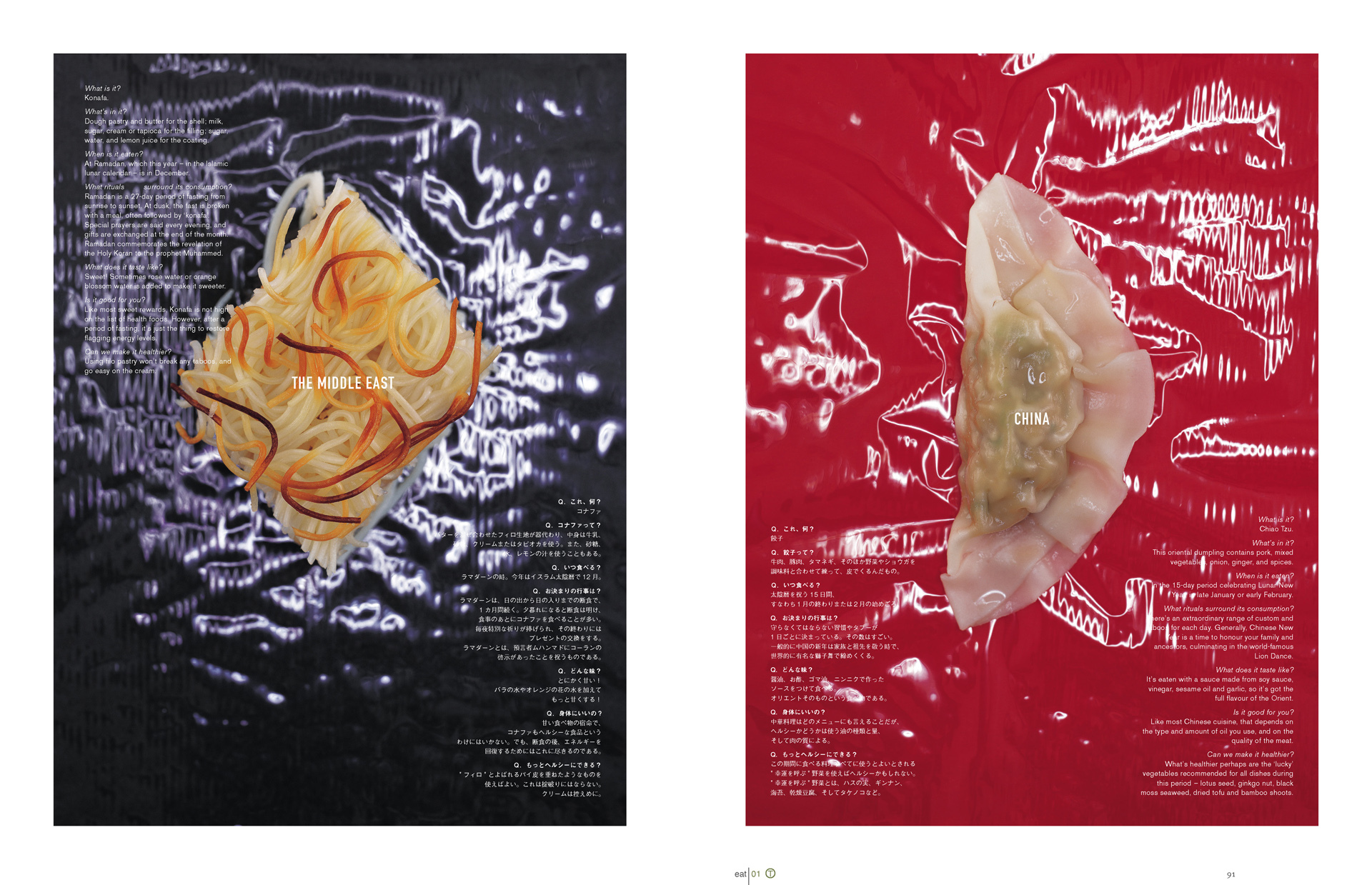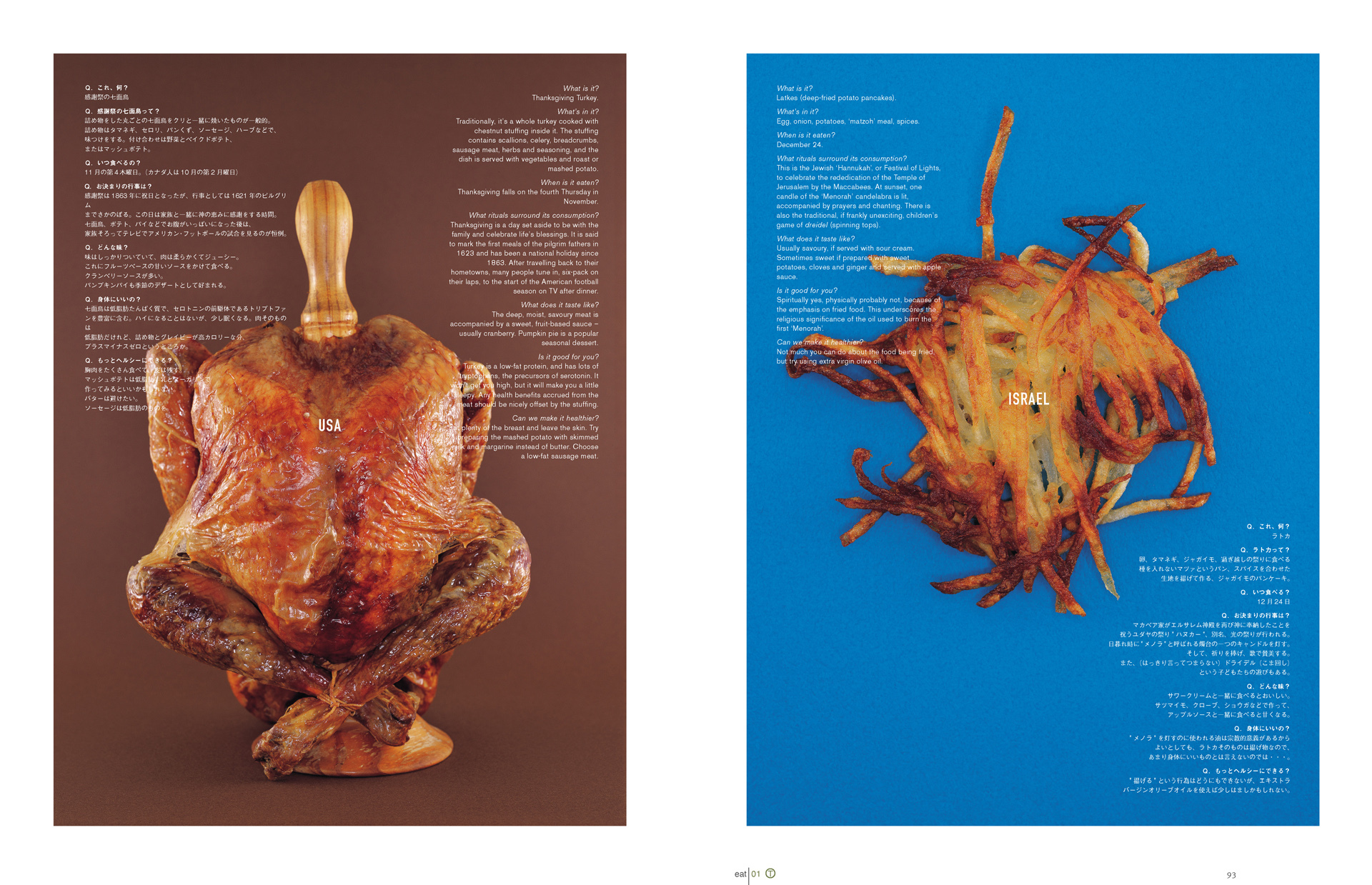Festive Food
Eat Issue 1: Temptation
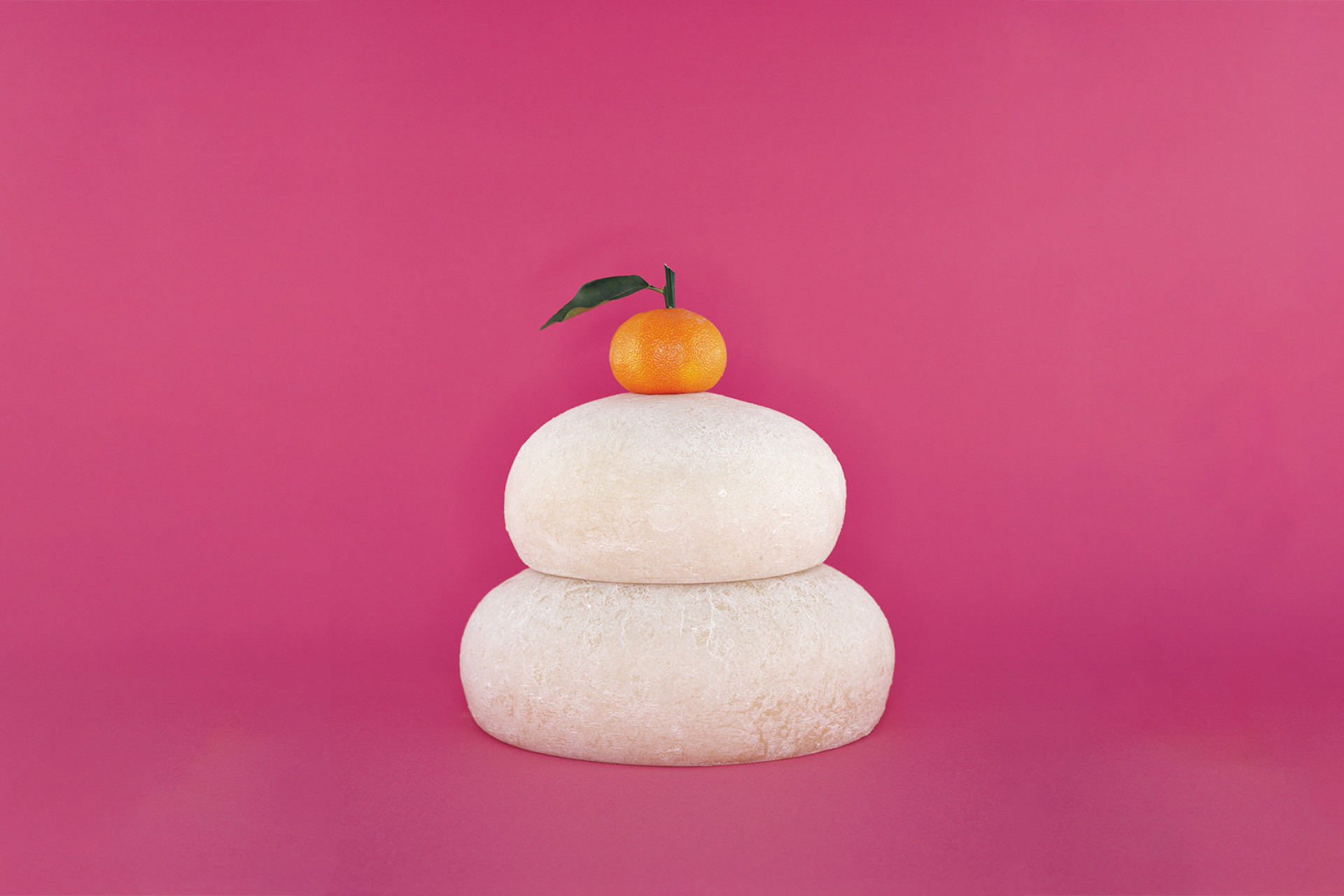
This article was originally published in October 2000. Therefore some references and time-specific information may no longer apply.
6 DISHES FROM 6 FESTIVALS
As the winter nights draw in between now and December, people all over the world will be preparing their own special treats for the festive season. We find out who'll be eating what, where and why, and look for ways to improve on the originals.
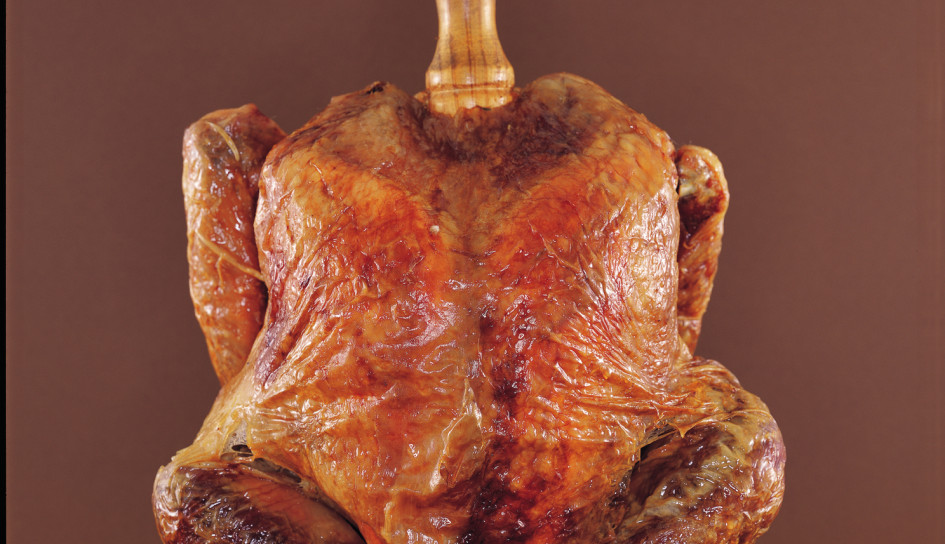
What is it?
Thanksgiving Turkey.
What’s in it?
Traditionally, it’s a whole turkey cooked with chestnut stuffing inside it. The stuffing contains scallions, celery, breadcrumbs, sausage meat, herbs and seasoning, and the dish is served with vegetables and roast or mashed potato.
When is it eaten?
Thanksgiving falls on the fourth Thursday in November.
What rituals surround its consumption?
Thanksgiving is a day set aside to be with the family and celebrate life’s blessings. It is said to mark the first meals of the pilgrim fathers in 1623 and has been a national holiday since 1863. After travelling back to their hometowns, many people tune in, six-pack on their laps, to the start of the American football season on TV after dinner.
What does it taste like?
The deep, moist, savoury meat is accompanied by a sweet, fruit-based sauce – usually cranberry. Pumpkin pie is a popular seasonal dessert.
Is it good for you?
Turkey is a low-fat protein, and has lots of tryptophans, the precursors of serotonin. It won't get you high, but it will make you a little sleepy. Any health benefits accrued from the meat should be nicely offset by the stuffing.
Can we make it healthier?
Eat plenty of the breast and leave the skin. Try preparing the mashed potato with skimmed milk and margarine instead of butter. Choose a low-fat sausage meat.
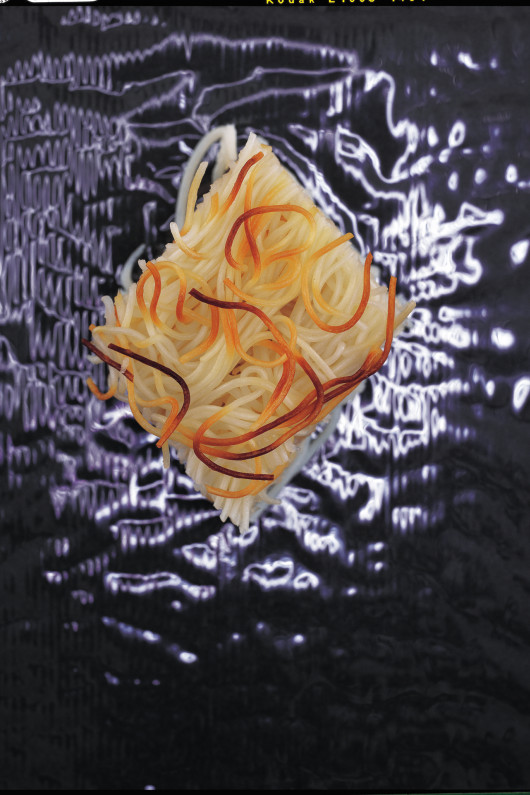
What is it?
Konafa.
What’s in it?
Dough pastry and butter for the shell; milk, sugar, cream or tapioca for the filling; sugar, water, and lemon juice for the coating.
When is it eaten?
At Ramadan, which this year – in the Islamic lunar calendar – is in December.
What rituals surround its consumption?
Ramadan is a 27-day period of fasting from sunrise to sunset. At dusk, the fast is broken with a meal, often followed by ‘konafa’. Special prayers are said every evening, and gifts are exchanged at the end of the month. Ramadan commemorates the revelation of the Holy Koran to the prophet Muhammed.
What does it taste like?
Sweet! Sometimes rose water or orange blossom water is added to make it sweeter.
Is it good for you?
Like most sweet rewards, Konafa is not high on the list of health foods. However, after a period of fasting, it’s just the thing to restore flagging energy levels.
Can we make it healthier?
Using filo pastry won’t break any taboos, and go easy on the cream.
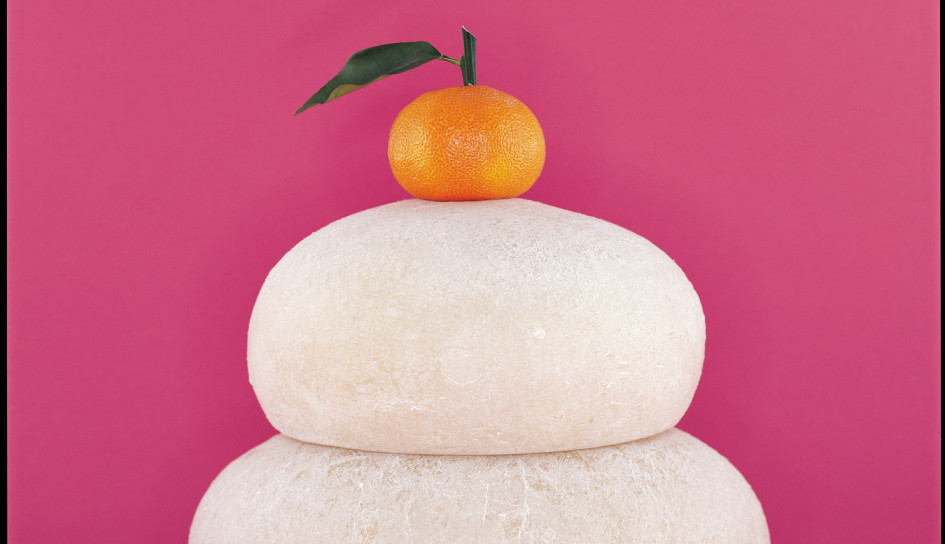
What is it?
O-mochi. What’s in it? Rice, rice and more rice, ground into a paste.
When is it eaten?
Any time around the New Year. Usually eaten with soy sauce or o-zoni, a fish-based soup sometimes containing vegetables
What rituals surround its consumption?
As part of the New Year celebrations, people visit Buddhist temples on December 31, and a Shinto shrine on January 1 or 2 to pray for a good year to come.
What does it taste like?
Like a big chewy mouthful of nothing. With soy sauce or sweet beans, it takes on the flavour of the condiments.
Is it good for you?
Stuffed with carbohydrates, it’s good energy food, but its stickiness makes it difficult to swallow. Around a dozen senior citizens a year choke to death on o-mochi, which can cast something of a shadow over the holiday for their surviving relatives.
Can we make it healthier?
Japanese food, although generally very healthy, is sometimes quite salty, so watch the sodium. Go easy on the soy sauce. And keep an eye on grandma.

What is it?
Christmas Pudding.
What’s in it?
Dried figs, raisins, sultanas, apple, pine nuts, almonds, candied peel, honey, mixed spices, all held together withzeggs, breadcrumbs and suet.
When is it eaten?
After dinner on December 25(Christmas Day).
What rituals surround its consumption?
Customs include kissing under the mistletoe, pulling paper ‘crackers’ containing gifts, and watching the annual televised speech from the Queen, usually followed by a James Bond film or an alcohol-induced coma-like sleep. The pudding sometimes contains charms, such as sixpence coins, which bring good luck if discovered, rather than swallowed or chewed.
What does it taste like?
Incredibly rich and sweet. Often served with rum sauce or brandy butter to add a few extra calories. Sometimes served doused with rum or brandy and flamed.
Is it good for you?
God, no. Apart from the copious amounts of sugar and alcohol it contains, there is also suet. This is an animal fat, usually taken from beef or mutton, and is similar to tallow. The UK has the highest rate of heart disease in western Europe. Christmas pudding may be one of the reasons why.
Can we make it healthier?
Skip the flour and suet, just use breadcrumbs and margarine – and use plenty of chopped nuts and dried fruit. Or eat something else. Many of the Christmas puddings now on sale in England do not contain animal products, a nod to the country's thousands of vegetarians.
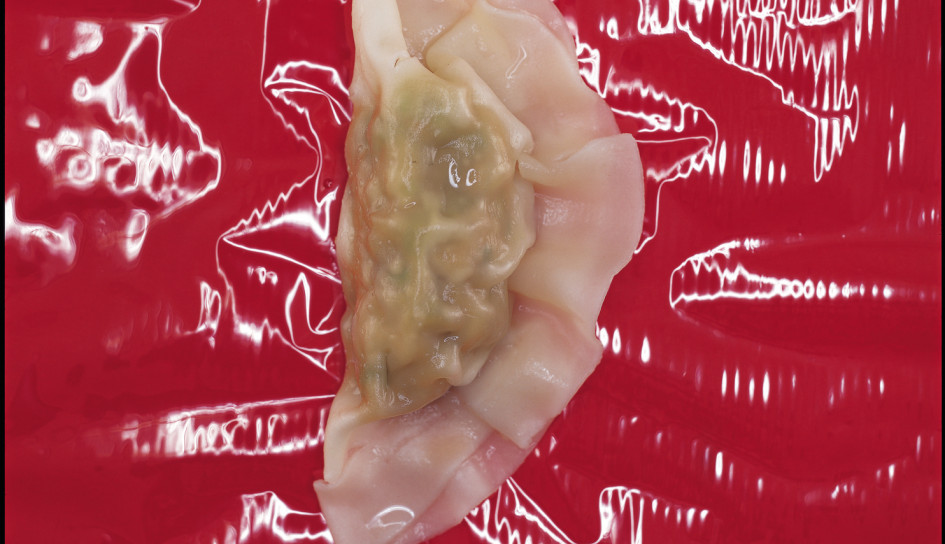
What is it?
Chiao Tzu.
What’s in it?
This oriental dumpling contains pork, mixed vegetables, onion, ginger, and spices.
When is it eaten?
In the 15-day period celebrating Lunar New Year, in late January or early February.
What rituals surround its consumption?
There’s an extraordinary range of custom and taboos for each day. Generally, Chinese New Year is a time to honour your family and ancestors, culminating in the world-famous Lion Dance.
What does it taste like?
It’s eaten with a sauce made from soy sauce, vinegar, sesame oil and garlic, so it’s got the full flavour of the Orient.
Is it good for you?
Like most Chinese cuisine, that depends on the type and amount of oil you use, and on the quality of the meat.
Can we make it healthier?
What’s healthier perhaps are the ‘lucky’ vegetables recommended for all dishes during this period – lotus seed, ginkgo nut, black moss seaweed, dried tofu and bamboo shoots.

What is it?
Latkes (deep-fried potato pancakes).
What’s in it?
Egg, onion, potatoes, ‘matzoh’ meal, spices.
When is it eaten?
December 24.
What rituals surround its consumption?
This is the Jewish ‘Hannukah’, or Festival of Lights, to celebrate the rededication of the Temple of Jerusalem by the Maccabees. At sunset, one candle of the ‘Menorah’ candelabra is lit, accompanied by prayers and chanting. There is also the traditional, if frankly unexciting, children’s game of dreidel (spinning tops).
What does it taste like?
Usually savoury, if served with sour cream. Sometimes sweet if prepared with sweet potatoes, cloves and ginger and served with apple sauce.
Is it good for you?
Spiritually yes, physically probably not, because of the emphasis on fried food. This underscores the religious significance of the oil used to burn the first ‘Menorah’.
Can we make it healthier?
Not much you can do about the food being fried, but try using extra virgin olive oil.
Text: John Paul Catton / Photos: Hioki Takeharu
